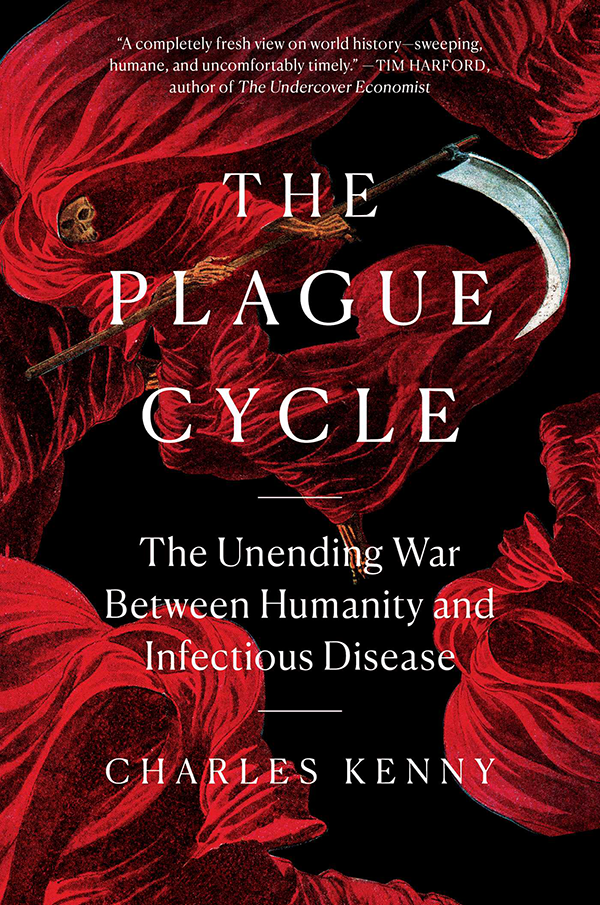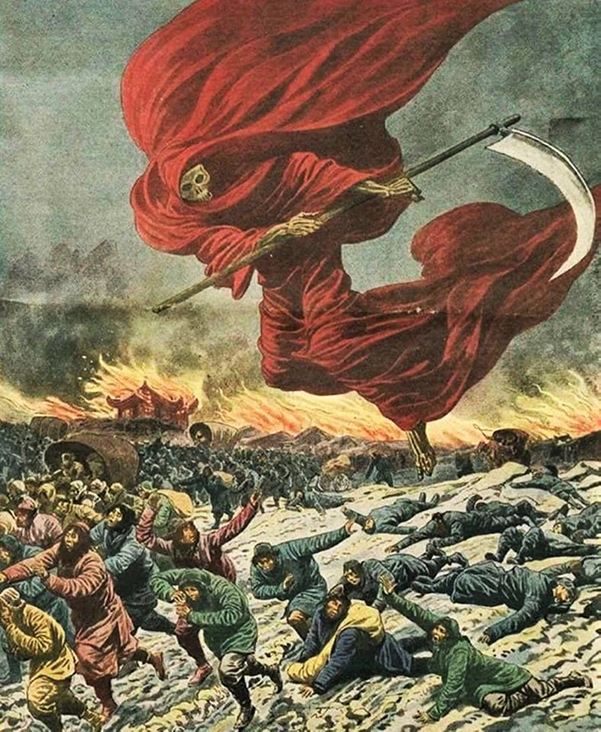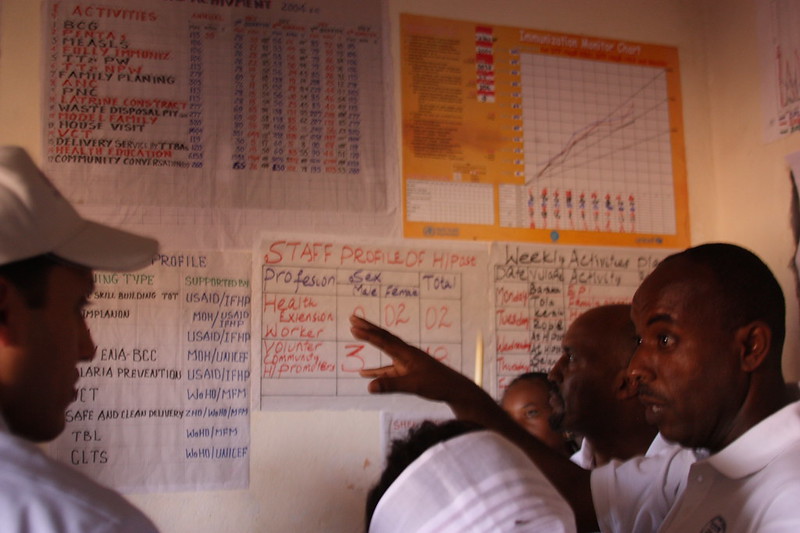As anyone who follows me on Twitter will already be all too aware, this week sees the launch date for my new book, The Plague Cycle: The Unending War Between Humanity and Infectious Disease. It’s an account of the impact that infection has had on history, our victories against infectious death, and how those victories helped to create the modern world. It also discusses what we need to do to avoid a new age of pandemics. Sadly, that’s turned out to be an even more timely issue than when I started the book a few years ago, and I hope the book helps put our current pandemic in historical perspective. CGD will be hosting a virtual launch event on January 26th, when I’ll be talking to Judy Woodruff about The Plague Cycle, and all are very welcome to attend!
Looking at COVID-19 in the context of millennia of struggle against infection certainly illustrates some of the awesome progress we’ve achieved. I’d guess we probably wouldn’t have recognized COVID as a new disease for the vast majority of human history. Most people died of infection, and fatal respiratory diseases were common. COVID-19 would have been a temporary uptick on the death rate. In the early days of the pandemic, we worried about the possibility of more than two million US deaths from the disease. That would have been about six out of every one thousand people in the country. In the US in 1900, about eight out of every one thousand people died from an infectious disease, and that wasn’t an unusual year.
Related to that, the response has illustrated our technological progress. For most of history we would never would have developed a vaccine, and even in recent years it has usually taken a decade or more to develop one. And it isn’t just the vaccine: tests were available within weeks of the initial outbreak, and a somewhat efficacious treatment was developed in a matter of months.
Excerpt from the book:
Covid-19 temporarily and tragically reversed progress against infection. But still, far fewer parents than ever before in history go through the pain of burying their own children. The massive decline in premature death is something we should celebrate and protect as humanity’s greatest triumph.
But a third thing that a historical view suggests is that we’ve failed to learn from that history. We are approaching 400,000 deaths in the US and two million confirmed worldwide, alongside a huge global recession, all prolonged by our inadequate response. All of this after a century or more of knowing what to do to limit deaths from airborne diseases.
The cover art of The Plague Cycle draws from a magazine image of the grim reaper spreading pneumonic plague in Manchuria in 1911. That outbreak burned out in four months in the midst of a war, in part thanks to the use of techniques like isolation of the sick, masks, and travel restrictions. This was more than a century ago, in one of the poorest parts of the planet. There is no excuse for how badly we’ve done this time—not just in the US, but large parts of Europe and Latin America as well. We’re incredibly lucky to be facing COVID-19 with the technologies and knowledge we have today rather than 100 years ago, but we were incredibly incompetent in using knowledge and technologies we’ve had for 100-plus years.
The Cover of The Plague Cycle
A red-cloaked Grim Reaper ravages the landscape of Manchuria
The Grim Reaper ravages the landscape of Manchuria in a cover illustration from a 1911 edition of Le Petit Journal.
We must be better prepared to use the antique technologies of isolation, distancing and masking—as well as testing and tracking—in the next pandemic. While the Moderna vaccine was designed in two days, for example, we needed to ensure it was safe and effective. Even with challenge trials and other ways to speed up the process, for the foreseeable future that is going to take time. And in that time (or longer if we aren’t so lucky with research) we’ll need to fall back on approaches that slow spread by keeping people away from microbes.
Most of the policy ideas packed into The Plague Cycle’s penultimate chapter are CGD’s bread and butter: pushing for a revitalized World Health Organization and a better global health security architecture, international cooperation on research and rollout of disease fighting technologies, urgent attention to the issue of antimicrobial resistance, ensuring health systems provide the most cost-effective treatments to all, providing financial support so people can afford to stay socially distanced, and a skepticism towards international travel bans. I’m grateful to CGD colleagues for these ideas and their support as I’ve gone through the long writing, editing and publishing process.
Do please come to the virtual launch event on January 26th, and I hope you’ll want to buy the book!
CGD blog posts reflect the views of the authors, drawing on prior research and experience in their areas of expertise.
CGD is a nonpartisan, independent organization and does not take institutional positions.







